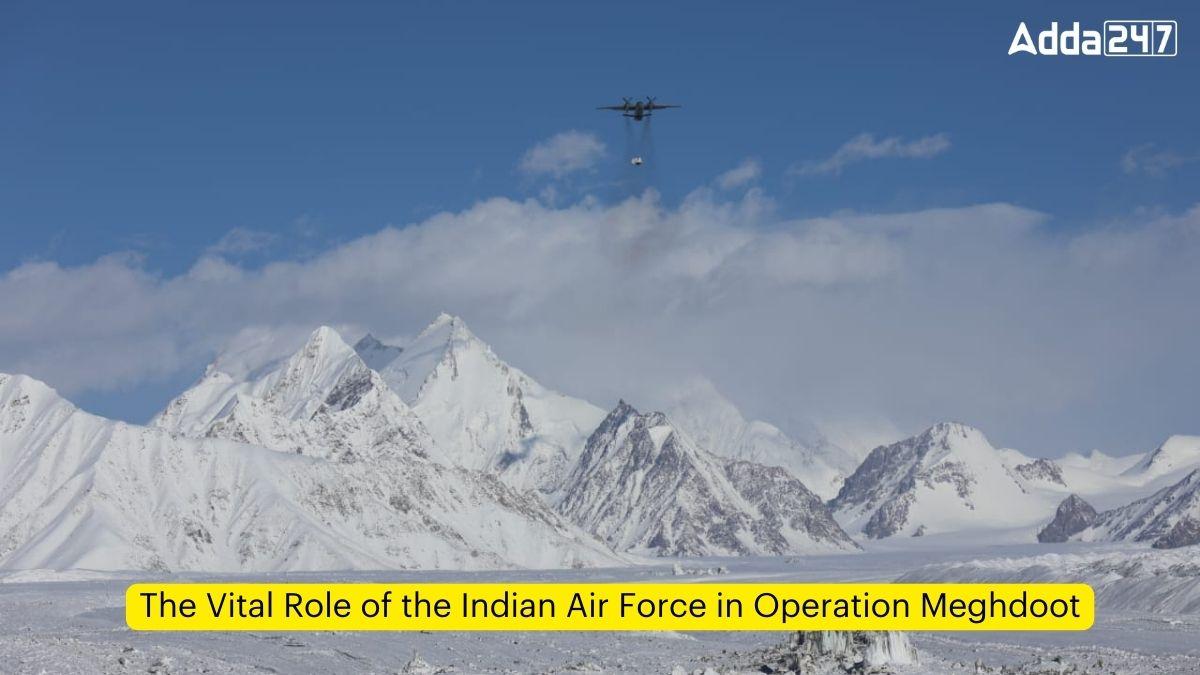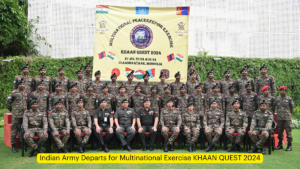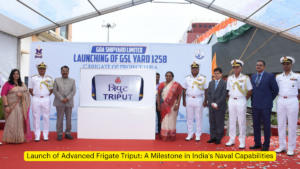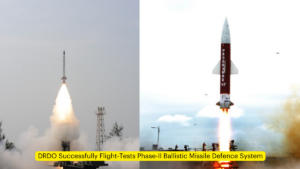The Siachen Glacier, situated in the Karakoram range of the Himalayas, has long been a strategically important region for both India and Pakistan. On 13 April 1984, the Indian Army and the Indian Air Force (IAF) launched Operation Meghdoot, a daring and unprecedented military operation to secure the heights dominating the Northern Ladakh region. This article will delve into the critical role played by the IAF in this historic operation, which has become a testament to the air force’s unwavering commitment and unparalleled expertise in operating in the world’s highest battlefield.
The Beginnings of IAF Involvement in Siachen
The IAF’s involvement in the Siachen Glacier region dates back to 1978, when its Chetak helicopters first began operating in the area. These early operations laid the foundation for the more comprehensive role the IAF would play in the years to come.
In 1984, as Pakistan’s cartographic aggression in the uncharted territory of Ladakh became a growing concern, India decided to take decisive action. Receiving intelligence about an impending Pakistani military move in the region, the Indian Army launched Operation Meghdoot to secure the strategic heights of the Siachen Glacier.
The IAF’s Pivotal Role in Operation Meghdoot
The IAF played an irreplaceable role in the success of Operation Meghdoot. Its tactical and strategic airlifters, including the An-12, An-32, and IL-76, were tasked with transporting stores and troops to high-altitude airfields. From these forward bases, the IAF’s Mi-17, Mi-8, Chetak, and Cheetah helicopters then ferried men and material to the dizzying heights of the glacier, often exceeding the operational limits set by the helicopter manufacturers.
Through this coordinated effort, the IAF was able to position approximately 300 Indian Army troops on the strategically crucial peaks and passes of the Siachen Glacier. By the time the Pakistani Army reacted and advanced its own troops, the Indian Army had already gained a crucial tactical advantage by occupying these strategic locations.
Expansion of IAF Operations in the Siachen Sector
As the operation progressed, the IAF’s role in the Siachen sector expanded beyond just transport and helicopter support. In September 1984, the IAF deployed a detachment of Hunter fighter aircraft from No. 27 Squadron, kick-starting fighter operations from the high-altitude airfield at Leh.
Over the next couple of years, the Hunters flew an impressive total of more than 700 sorties from Leh, conducting fighter sweeps and simulated strikes over the Siachen Glacier. This not only boosted the morale of the Indian troops deployed on the glacier but also sent a stern message to the adversary, deterring any potential misadventures in the area.
As the ground infrastructure became more conducive for fighter operations, the IAF introduced more advanced aircraft, including the MiG-23 and MiG-29, to the Leh and Thoise airfields. The Cheetal helicopter, a Cheetah variant with better reliability and load-carrying capability, was also inducted for operations in the glacier in 2009.
Pinnacle of IAF Capability: The Daulat Beg Oldie Landing
In a remarkable demonstration of the IAF’s capabilities, on August 20, 2013, the air force landed one of its latest acquisitions, the Lockheed Martin C-130J Super Hercules four-engine transport aircraft, at Daulat Beg Oldie (DBO), the world’s highest airstrip, near the Line of Actual Control in Ladakh.
This historic landing was a testament to the IAF’s unwavering commitment to supporting the Indian Army’s operations in the Siachen Glacier region. It showcased the air force’s ability to operate its most advanced assets in the harshest of environments, further strengthening its role in the decades-old Operation Meghdoot.
The IAF’s Lifeline for Indian Troops
In the unforgiving terrain of the Siachen Glacier, the IAF’s helicopters have become the lifeline and the sole link of Indian troops with the outside world. These helicopters, including the Mi-17, Mi-8, Chetak, and Cheetah, play a critical role in responding to emergencies, supplying essential logistics, and evacuating the sick and wounded from the 78-kilometer-long glacier.
Flying in such ruthless conditions, the IAF’s pilots, technicians, and support personnel have set new records of human endurance, flying proficiency, and technical expertise. Their unwavering dedication and skill have been instrumental in maintaining the Indian military’s dominance in the Siachen Glacier for over four decades.
Important takeaway for all competitive exams
- IAF Headquarters: New Delhi;
- IAF Founded: 8 October 1932, India;
- Chief of the Air Staff of India: Vivek Ram Chaudhari;
- IAF Chief of Defence Staff (CDS): General Anil Chauhan.



 Indian Army Departs for Multinational Ex...
Indian Army Departs for Multinational Ex...
 Launch of Advanced Frigate Triput: A Mil...
Launch of Advanced Frigate Triput: A Mil...
 DRDO Successfully Flight-Tests Phase-II ...
DRDO Successfully Flight-Tests Phase-II ...
